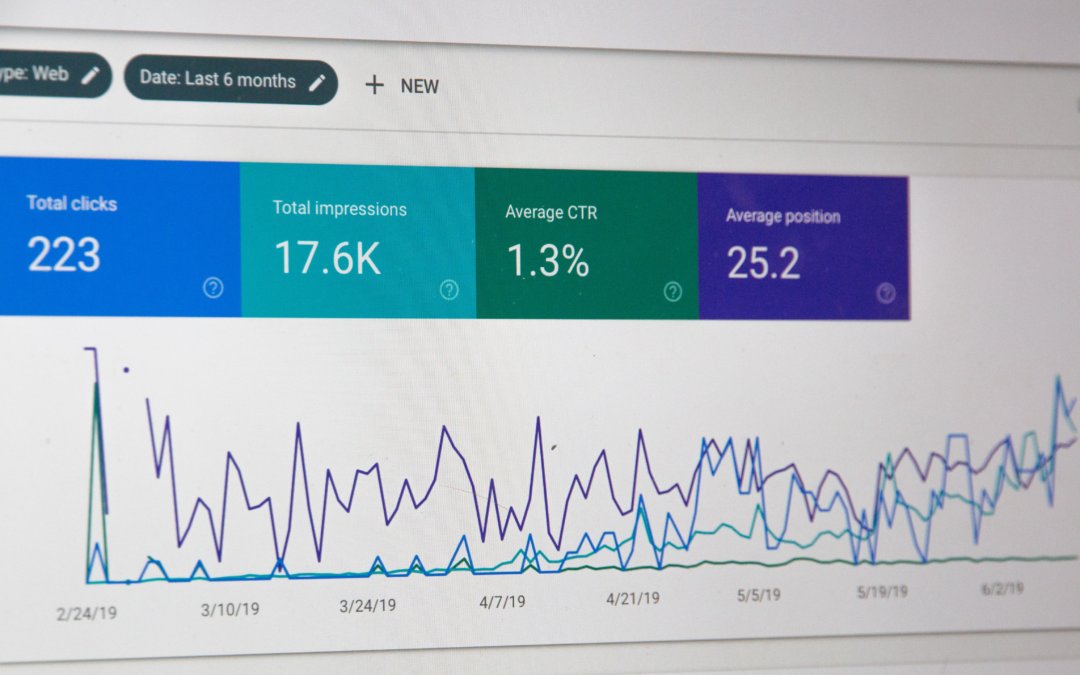With all the talk about SEO, the whole thing might feel a little bit confusing, especially when search engine algorithms continually change. One of the ways we can understand it better, and be more effective, is to explore the behavior metrics that impact SEO. To really stay at the top of rankings and create a notable brand, you must understand your users and optimize your content to improve user behavior data. Yes, it takes more than just some clever keyword phrases to come out on top.
Click Behavior
When users see your listing in the SERP (search engine results page), how often do they click it and visit your site? This number gives you a basic percentage of the impressions that end up gaining you a site visit and can be an indication of how relevant your listing is as well as how well you rank against your competition for certain searches. This is referred to as the Click-through Rate, or CTR. A click on your listing by a user is essentially a vote for your page. However, when a user does a specific search that you hope to be a listing for, you want to be sure that the page they end up on is relevant to those searched terms. Search engine algorithms are looking for relevancy of content! If a user ends up on a page that doesn’t answer their question or fit their search, they will likely back out quickly and move on to the next listing.
Time Spent on Site
Along with the CTR, search engines like Google are keeping track of how much time users are actually spending on your page. If users spend more time on your page viewing relevant, well-written content, then Google says “yep, this one is useful!” and may rank you higher for future searches. This is why it is crucial to spend time creating content for your website that has high-readability for users such as blogs. Users can easily spend 5-10 minutes, or more, reading an interesting blog article.
Navigation Paths
A navigation path refers to the channel that search users came through to get to your site as well as their path of departure. Did the user start on the homepage? Did they find a blog post and end up on another internal page? These entrance points can be referred to as a landing page. By learning this information about your user’s navigation paths, you can use it to drive more organic traffic and increase your CTR and ranking. From this, you can determine what kinds of headlines grab a reader’s attention, what designs are most natural to navigate, or maybe even what colors are most appealing and start making changes to other pages to see what sticks. When a user finally exits your website, this may be through a checkout page if you have eCommerce. The idea here, though, is to have more landing pages and fewer exit pages. Keep the user on your site as long as you can!
Multimedia Engagement
With all this talk about keeping site visitors longer, let’s not forget the role that multimedia can play in all of this. By adding multimedia to the mix, you can grab the user’s attention and keep it longer. Multimedia pieces can include infographics, videos, interactive graphics, and more. Pair an intriguing piece of multimedia with captivating content, and you will hold your audience longer.
How Does This Impact SEO Services?
As you can see, the content, user interface, and user experience are critical components to how user behavior metrics impact SEO for you in a positive way. The days of simply stuffing your content with the keywords and moving on are behind us. While keywords are still an essential component to being listed in the SERP, to stay there, or rise in the ranks, you must have quality content that makes users want to know more with an overall experience that makes them drink it all in.
Ready to Learn More?
If all of this SEO talk has your head spinning or you are hungry to learn more, our team at The Evoke Group is here for you. We can help you create an effective SEO strategy to help get your business back on top!

